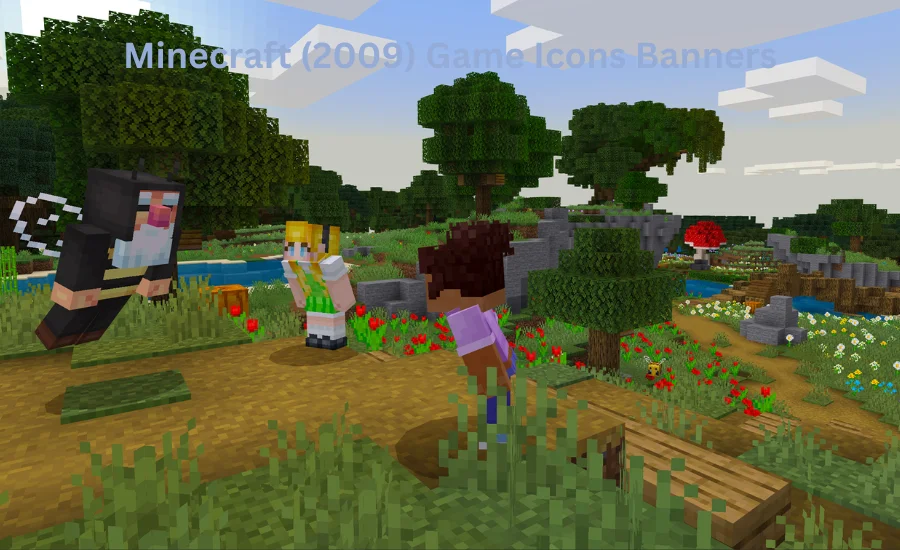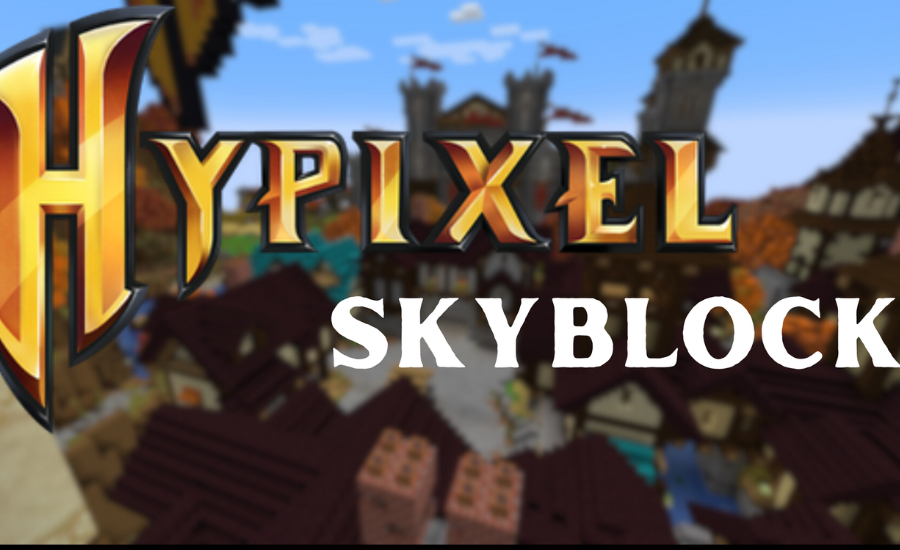Since its launch in 2009, Minecraft (2009) Game Icons Bannershas become more than just a game—it’s a cultural milestone that has captivated millions of gamers around the globe. Known for its boundless creativity and open-world sandbox mechanics, Minecraft continues to inspire players with its unique blend of exploration, crafting, and adventure. The game’s enduring popularity stems from its ability to offer endless possibilities, allowing players to shape their worlds and experiences however they choose.
One of the most distinctive aspects of Minecraft is the use of its iconic game icons and banners. These visual elements not only contribute to the game’s overall aesthetic but also allow players to inject a personal touch into their gameplay. Whether use
d for identification, decoration, or marking territory, these symbols have deep roots in the game’s evolving history, making them a beloved feature within the Minecraft community. By offering players the freedom to design and display their own unique creations, Minecraft continues to stand out as a game that embraces individuality and self-expression.
The Evolution of Minecraft’s Visual Identity: From Simplicity to Recognition
The initial visuals of Minecraft were notably simple, yet they effectively captured the essence of the game. These early images showcased the blocky landscapes and the core activities of mining and building, aligning perfectly with the game’s indie origins. This minimalistic aesthetic not only reflected what Minecraft represented but also helped establish its unique identity in the gaming landscape.
From 2011 to 2015, Minecraft began to refine its visual style, leading to a more recognizable look. In 2011, the introduction of the Bedrock Edition—originally known as the Pocket Edition—marked a significant expansion of the game’s reach to mobile devices. The first icon for this version featured a humble grass block, encapsulating the game’s focus on exploration and construction. This straightforward design harmonized with Minecraft (2009) Game Icons Banners pixelated charm, differentiating it from other titles in the market.
As the Pocket Edition gained traction, the game’s visuals continued to evolve. The icons became more intricate and vibrant, enhancing their appeal across various devices. This period also saw the addition of the Minecraft name to the icons, ensuring clarity for players. Banners during this time reflected a broader array of imagery, showcasing diverse environments and characters, including Steve, the game’s iconic player character. These visuals depicted activities like mining, building, and combat, effectively conveying the multitude of adventures awaiting players within the expansive world of Minecraft. Through these developments, Minecraft solidified its visual identity, inviting players to explore its limitless creative potential.
The Art of Expression: Banners in Minecraft (2009) Game Icons Banners
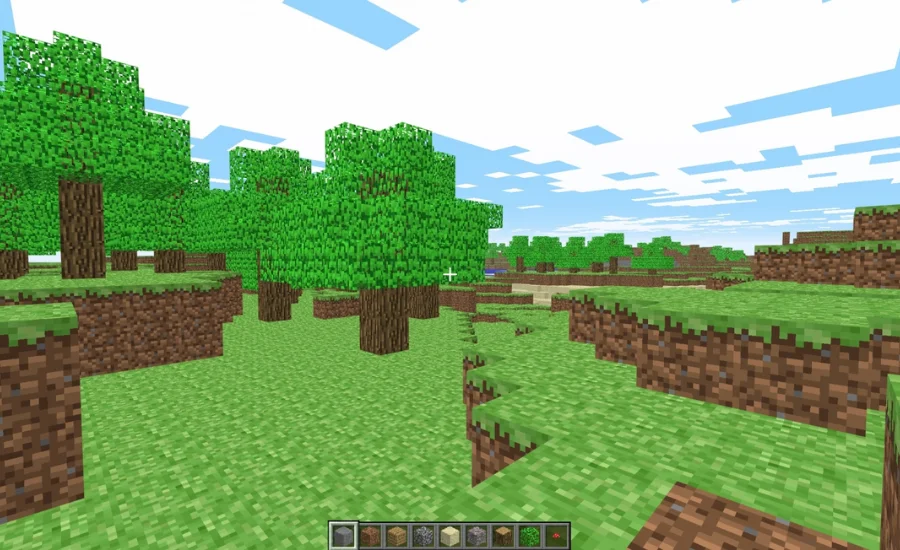
In Minecraft, banners represent a vibrant and dynamic form of self-expression, enabling players to personalize their environments and mark their presence in multiplayer servers. These decorative elements are crafted using wool and a stick, resulting in tall, flag-like structures that can be embellished with an array of colors and patterns.
Each banner begins as a blank slate, reflecting the color of the wool used during its creation. Players can enhance their banners by applying various dyes and utilizing a loom—a crafting station introduced to streamline the banner-making process. This opens up a world of design possibilities, allowing for the creation of intricate patterns, symbols, and even letters, all contributing to a rich customization experience.
Banners serve multiple purposes within the game; players often use them to designate territory, adorn their builds, or communicate messages to fellow players. While the mechanics behind crafting and customizing banners are relatively straightforward, they offer a profound avenue for creativity and personal expression, enriching the overall Minecraft (2009) Game Icons Banners experience.
As players explore the endless landscapes and gather resources, the banners they create become a testament to their adventures and achievements. These colorful flags add a unique layer of personality to the blocky world, reflecting individual journeys and fostering a sense of community among players.
The Meaning Behind Minecraft’s Game Icons in Banners
In Minecraft, game icons serve a purpose that extends beyond mere visuals; they are rich in meaning, enhancing both gameplay and player interactions. Among the most recognizable icons are the creeper face and the Ender Dragon egg, each representing critical elements of the game’s lore and challenges.
The creeper face is synonymous with one of Minecraft’s most infamous creatures, embodying the dangers and challenges that players face throughout their adventures. When this icon appears on a banner, it can showcase a player’s skill or serve as a cautionary symbol, alerting others to potential threats in the area.
On the other hand, the Ender Dragon egg symbolizes a significant achievement, marking the successful defeat of the game’s ultimate challenge. Featuring this icon on a banner signifies that a player has conquered the End dimension, positioning them as a veteran within the Minecraft community.
Additionally, other icons, including the Mojang logo and custom designs made by players, communicate various aspects of individual experiences, achievements, and even personal humor.
By understanding and using these game icons in banners, players add depth to Minecraft’s social dynamics, allowing for a more personalized and engaging experience. These symbols enable players to narrate their journeys, celebrate their successes, and showcase their creativity, enriching the overall adventure within this expansive blocky world.
The Role of Banners in Faction Identity within Minecraft
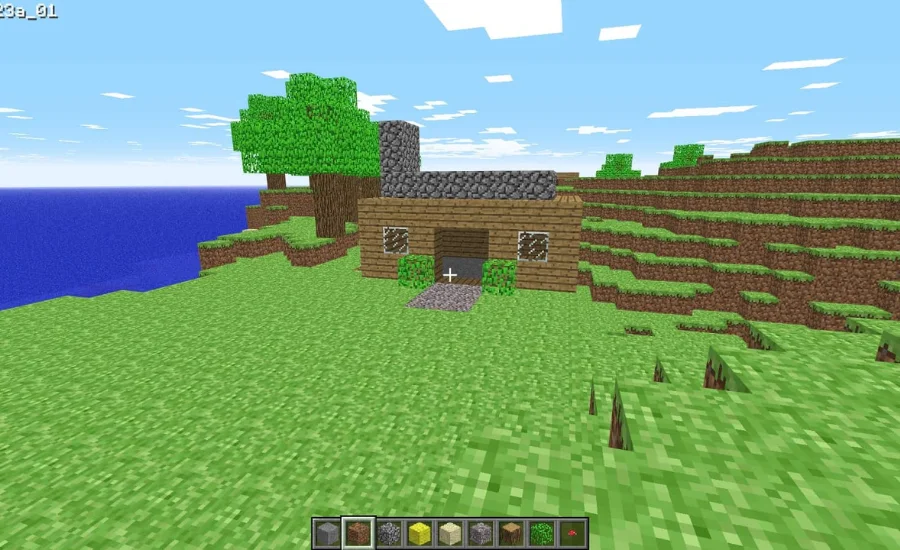
In the diverse landscape of Minecraft (2009) Game Icons Banners multiplayer servers, banners transcend their decorative purpose to become essential symbols of identity and unity for player factions. These factions consist of groups of players collaborating toward shared objectives, whether in construction, exploration, or combat. Banners serve as visual representations of a faction’s ethos, spirit, and territorial claims.
A thoughtfully designed banner acts as a focal point for faction members, embodying their collective efforts and accomplishments. In the competitive atmosphere of faction-based servers, these banners are strategically displayed to define boundaries and assert control over various territories. During battles, banners not only mark territory but also serve as psychological tools, potentially intimidating rival factions.
The design elements of a faction’s banner—comprising specific colors and symbols—narrate the group’s history, victories, and challenges faced along the way. When rival factions engage in conflict by stealing or destroying banners, it adds another layer of intensity to existing rivalries, emphasizing that banners hold significance far beyond mere aesthetics.
Ultimately, banners are integral to Minecraft’s faction gameplay, representing the identity, unity, and aspirations of player communities within the vast and intricate universe of the game.
The Evolution of Minecraft’s Visual Identity: Icons and Banners Reflecting Community Spirit
Since 2023, Minecraft’s Bedrock Edition has continued to evolve, introducing an array of new features and content inspired by its vibrant player community. The game’s iconic logo remains a symbol of its enduring popularity, while banners have increasingly shifted focus toward celebrating community achievements and special events crafted by players. This evolution fosters a sense of belonging, as players feel connected to the broader Minecraft (2009) Game Icons Banners experience.
Recent banners cleverly combine official updates with player-generated content, showcasing impressive structures, community gatherings, and exciting new gameplay opportunities. Such designs not only highlight the creativity within the Minecraft community but also engage players by immersing them in a shared adventure that feels larger than the game itself.
As Minecraft garnered a broader audience, there was a clear need for more polished visuals in its branding. The initial overhaul of the logo and game icon presented a cleaner, more appealing aesthetic. Although the designs retained their characteristic blocky charm, they were enhanced with smoother textures and vibrant colors, capturing the attention of new players while delighting long-time fans.
Banners from this period illustrated the diverse landscapes of Minecraft, from lush forests to arid deserts, effectively showcasing the vastness of exploration available in the game. These visuals not only attract newcomers but also deepen the immersion of existing players.
The adaptability of banners across different platforms is another essential aspect of this evolution. By ensuring that the aesthetic remained consistent on phones, computers, and gaming consoles, Minecraft reinforced its identity while allowing players to enjoy a seamless experience, regardless of their chosen device.
In recent updates, Minecraft (2009) Game Icons Banners has managed to strike a balance between nostalgia and innovation in its icons and banners. The classic grass block continues to feature prominently, evoking fond memories for veteran players, yet modern touches, such as dynamic lighting and shadows, breathe new life into these familiar symbols. This careful blend caters to both seasoned enthusiasts and newcomers alike.
Today, banners are not only static images but often include animations that highlight various gameplay elements, such as building, farming, and combat. These lively visuals enhance the excitement and engagement, enticing players to delve into the rich world of Minecraft.
The icons and banners of Minecraft have always played a crucial role in encapsulating the essence of the game. As the visual identity of Minecraft has evolved, so too have these representations, reflecting the ever-changing landscape of the gaming experience.
From their humble beginnings to the sophisticated designs of today, Minecraft’s icons and banners have contributed to its status as a beloved brand, captivating players with visuals that celebrate exploration, creativity, and adventure—the core tenets of what makes Minecraft truly special.
Enhancing Banner Customization in Minecraft (2009) Game Icons Banners through Community and Resources
For players eager to explore the intricacies of banner customization in Minecraft, various tools and resources can significantly enrich the crafting experience. At the forefront of these tools is the loom, a user-friendly crafting block that streamlines the process of applying detailed designs and patterns to banners. This essential item empowers players to transform their creative ideas into visually striking banners effortlessly.
The game also offers an extensive array of dyes derived from different in-game materials, providing players with the vibrant colors needed to enhance their creations. This variety allows for personal expression and the ability to create banners that stand out in the game world.
Beyond in-game resources, the Minecraft community has cultivated numerous external tools and websites dedicated to aiding banner crafting. Notable among these is “Needcoolshoes,” which features a banner crafting simulator that enables players to experiment with designs before finalizing them in the game. Such platforms frequently host user-generated content, including templates and design inspiration, catering to both novice and experienced players seeking new ideas.
Additionally, platforms like YouTube and Minecraft forums serve as valuable repositories for tutorials and creative guidance, showcasing detailed walkthroughs and innovative suggestions from fellow players. By utilizing these resources, players can elevate their banner crafting skills and manifest their creative visions within the Minecraft universe.
The impact of community-created banners cannot be overstated; they exemplify the boundless creativity and innovation of Minecraft players. These designs often exceed the basic mechanics of the game, pushing the limits of what can be achieved within the banner crafting system. By sharing their unique creations online, players foster a collaborative environment that inspires others to explore the full potential of banner artistry.
The range of shared designs spans simple patterns to intricate imagery reflecting themes from popular culture and history. This collective creativity enriches the MMinecraft (2009) Game Icons Bannersinecraft experience, making each banner a narrative of personal expression, an idea, or a celebration of shared moments.
Moreover, the influence of community-created banners extends beyond mere aesthetics, nurturing a sense of belonging and a spirit of generosity within the Minecraft community. As players exchange tips, designs, and inspiration, they strengthen the bonds that make the game’s social environment unique and enduring.
The Evolution of Minecraft’s Visual Identity: A Journey from Simplicity to Rich Detail
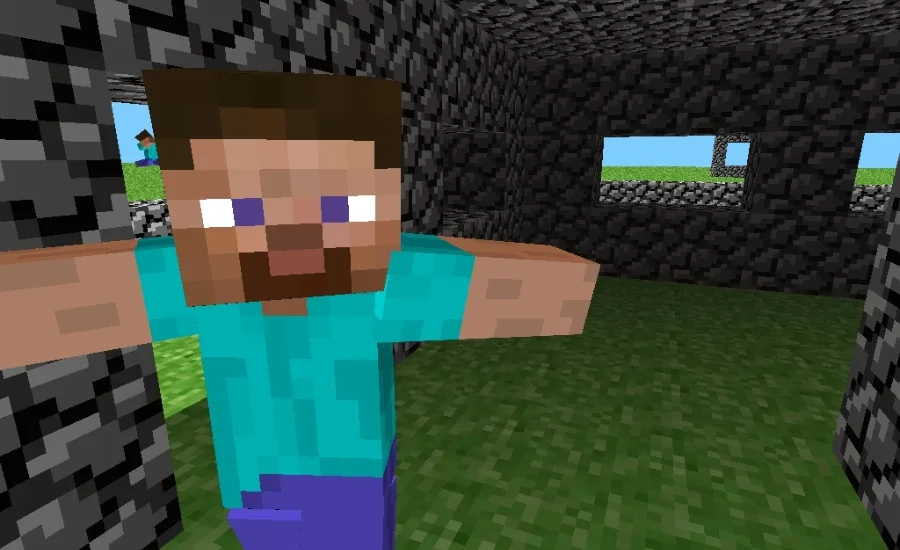
Minecraft’s visual identity has undergone a remarkable transformation since its inception. Initially, the game’s icon was a simple grass block, representing the straightforward yet captivating nature of the early gameplay. Today, however, these visuals have evolved into intricate and vibrant 3D designs that reflect the diverse and expansive world of Minecraft.
Banners, once limited to basic logos, now showcase the myriad adventures players can experience within the game. From breathtaking underwater explorations to the eerie landscapes of Nether fortresses, these visual elements encapsulate the creativity and ingenuity of the Minecraft community.
The current icons successfully blend the nostalgic charm of classic Minecraft with innovative new ideas, creating a cohesive aesthetic that appeals to both long-time fans and newcomers alike. Banners serve as a canvas for players to display their collaborative creations, celebrating the spirit of teamwork that lies at the heart of the game.
This evolution in visual design mirrors Minecraft (2009) Game Icons Banners journey from a humble indie game to a monumental force in the gaming industry. The vibrant imagery and dynamic banners have played an essential role in attracting and retaining players, enhancing the overall gaming experience. By continually updating and enriching its visual identity, Minecraft ensures that players remain engaged and eager to explore the ever-expanding possibilities within its universe.
You may also like: Halo (2003) Game Icons Banners
Final Words
As we conclude our exploration of Minecraft (2009) Game Icons Banners vibrant visual identity and its transformative journey, it’s clear that the game’s icons and banners are far more than mere graphics. They embody the creativity, community, and spirit of adventure that define the Minecraft experience. By bridging nostalgia with innovation, these visuals not only celebrate the game’s rich history but also invite new players into its expansive world.
Whether you’re crafting a unique banner to represent your faction or admiring the intricate designs created by fellow players, each visual element tells a story of exploration and imagination. As Minecraft continues to evolve, so too will its visual language, ensuring that the joy of discovery and creativity remains at the forefront of this beloved game. Join the journey, unleash your creativity, and be a part of the ever-expanding tapestry that is Minecraft (2009) Game Icons Banners. Happy crafting!s
For more information and update join us on Insight Trays.
